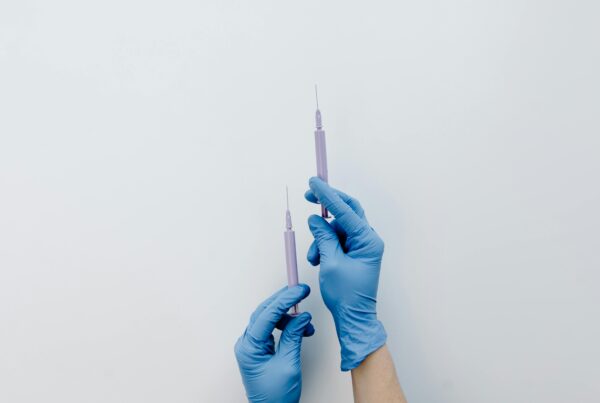When you hear of fermented, you probably think of all the benefits that your gut is going to enjoy, thanks to fermented foods like sauerkraut and kombucha. Now, while fermented foods continue to grow in popularity, another side of fermentation that’s gaining attention is that of fermented skincare.
No, no one’s asking you to rub pickles on your face, but with a growing interest in the skin microbiome, more and more beauty brands are looking to include fermented ingredients in their products.
What is fermented skincare?
Fermentation is when a substance is broken down into a simpler substance, and skincare uses these simpler substances as skincare ingredients. These ingredients include lactic acid and probiotics.

Photo by Ron Lach from Pexels
Where does the skin microbiome fit in?
The skin microbiome refers to the ecosystem of bacteria that lives on the surface of your skin. Now while this may sound scary and disgusting, the bacteria help to protect your skin from external factors, and the stronger the skin microbiome, the stronger the skin barrier is, which in turn, means the healthier your skin is.
What are the benefits of fermented skincare?
A study published in BMC Complementary Medicine and Therapies found that probiotics helped with sun damage and a study published last year found that fermented oils helped to improve the skin’s microbiome.
Additionally, as fermentation breaks down substances, the smaller the molecules, the deeper they penetrate into the skin. This ensures that your skin reaps all the necessary benefits, such as improved skin texture.
Want to know more?
Fermented skincare is much gentler on the skin. This is because its ingredients are broken down, making it great for those with sensitive skin. Speaking of which, is your skincare routine causing irritation?
References
Shin, D., Lee, Y., Huang, Y. H., Lim, H. W.,et al. (2018). Probiotic fermentation augments the skin anti-photoaging properties of Agastache rugosa through up-regulating antioxidant components in UV-B-irradiated HaCaT keratinocytes. BMC complementary and alternative medicine, 18(1), 196. https://doi.org/10.1186/s12906-018-2194-9



![women [longevity live]](https://longevitylive.com/wp-content/uploads/2020/01/photo-of-women-walking-down-the-street-1116984-100x100.jpg)










